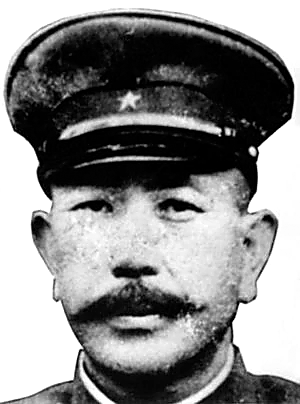

Showered by the Americans with gifts, Ishii, who at this point was regularly entertaining his US guests at home parties, encouraged his associates to speak freely with the investigators, who for their own part were occasionally shocked but often impressed by the candor of the Ishii scientists about the use of humans-Chinese, Koreans and Russians-in their research.
In August 1945, five days before Japan's official surrender, Ishii received a hand delivered message from Tokyo ordering him to eliminate all evidence of biological warfare "from the Earth forever". Yet before his escape home via Korea, before advancing Russian and Chinese troops, Ishii "managed to load three large wicker hampers with documents and specimens", Harris said. A large cache of salvaged biological warfare data and equipment was later sent from Pingfang to Busan, Korea and eventually to Japan.
What was put to instant demise were the lives of all remaining POWs-at least 3,000 had been experimented to death at Pingfang according to the confession by Kawashima but the actual number should be doubled based on the research of the Unit 731 Museum in Pingfang.
After the war Toshimi Mizobuchi, a veteran of Unit 731, said that on Aug 12, 1945, a fellow unit member came out of the Pingfang prisons and told him that he had "finished off 404 maruta (logs)", referring to the captives. The Russians later discovered in Pingfang a burned out compound with desperate pleas still discernible from scorched prison walls.
In a 1999 story by a New York Times reporter Ralph Blumentha l, Mizobuchi is depicted as "a vigorous 76-year-old real estate manager living outside the Japanese city of Kobe" who is "organizing this year's reunion for the several hundred surviving veterans of Unit 731". Ishii, before his death in 1959 of throat cancer, attended such reunions regularly with his former subordinates, a number of whom went into medical practice after the war.
On Nov 12, 1948, the IMTFE concluded. Of all the victims of the Imperial Japanese Army's biological warfare, the Tokyo trial records only contain the name of one-Kung Tsaoshang, who died of the plague attack in Changde in late 1941 and whose autopsy report, authored by Dr W. I. Chen, was passed to Sutton by King as part of the public health record.
"The delay in justice at Tokyo led to the denial of justice," wrote Guillemin in the final chapter of her book. Wang, who first went to Japan to study in 1987 before accidentally becoming involved in the decadelong lawsuit during her trip back home in 1994, had forcefully sought belated remedy.
On Aug 27, 2002, the Tokyo District Court admitted, for the first time in Japan's judiciary, that Unit 731 scientists had "used bacteriological weapons under the order of the Imperial Japanese Army's headquarters". That was four days before Harris, who spoke to the BBC about the court victory, died of a blood infection on Aug 31 in Los Angeles aged 74.